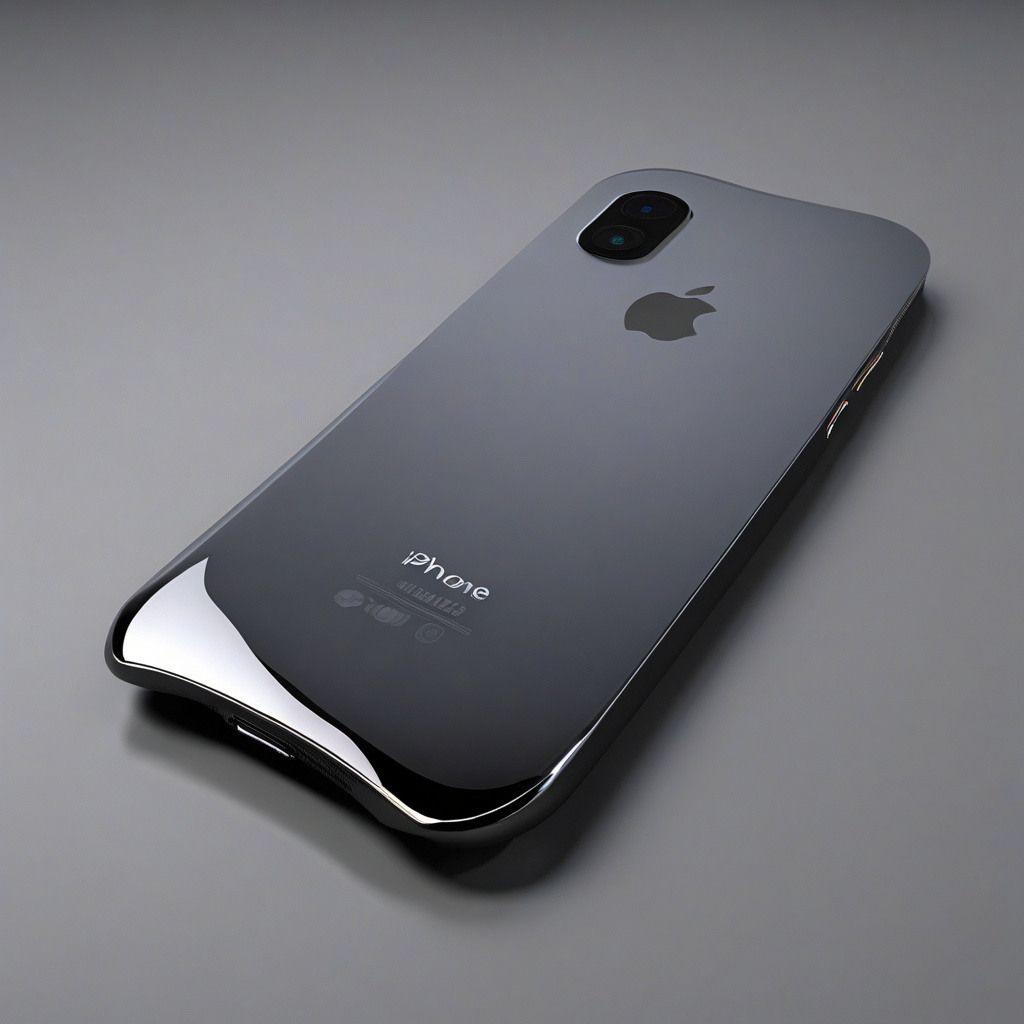Apple’s innovative approach to technology has always been a topic of discussion among tech enthusiasts, and the rumored plans for the iPhone 17 Air without any ports have certainly stirred up excitement. According to Bloomberg’s well-known tech journalist Mark Gurman, Apple is set to introduce a new addition to its iPhone lineup with the iPhone 17 Air, expected to hit the market this fall. This new model is projected to follow in the footsteps of the MacBook Air, boasting a sleek design with a focus on portability and aesthetics.
The notion of a portless iPhone is not entirely new, as Apple has been gradually moving towards a more minimalist design with each new iteration of its devices. The removal of ports may seem like a bold move, but it aligns with Apple’s vision of a wireless future. By eliminating ports, Apple can potentially enhance the device’s water and dust resistance while also pushing users towards wireless charging and data transfer methods.
While the concept of a portless iPhone may raise concerns among users accustomed to traditional wired connections, Apple has a history of successfully navigating such transitions. For instance, the removal of the headphone jack in earlier iPhone models was initially met with skepticism but eventually became widely accepted. This shift towards a portless design could pave the way for more streamlined and efficient devices, catering to the evolving needs of consumers.
One of the key advantages of a portless iPhone lies in its potential to revolutionize the user experience. Without the constraints of physical ports, Apple can explore new possibilities for device interaction and design. Imagine a seamless, uninterrupted exterior with no visible ports, offering a more cohesive and elegant aesthetic. This streamlined design could also lead to improvements in durability and reliability, as fewer external openings mean fewer points of potential vulnerability.
Moreover, a portless iPhone could serve as a catalyst for the widespread adoption of wireless technologies. With features like wireless charging mat compatibility and faster wireless data transfer speeds, users would enjoy a more convenient and efficient mobile experience. This shift aligns with broader industry trends towards wireless connectivity and signals Apple’s commitment to driving innovation in the mobile technology sector.
In conclusion, Apple’s reported consideration of building the iPhone 17 Air without ports signifies a bold step towards a future where connectivity is truly wireless. While the prospect of a portless design may initially spark debate and speculation, it also opens the door to a new era of mobile technology innovation. As Apple continues to push boundaries and redefine industry standards, the iPhone 17 Air has the potential to set a new benchmark for smartphone design and functionality. Stay tuned for more updates as we await the official launch of this groundbreaking device.

